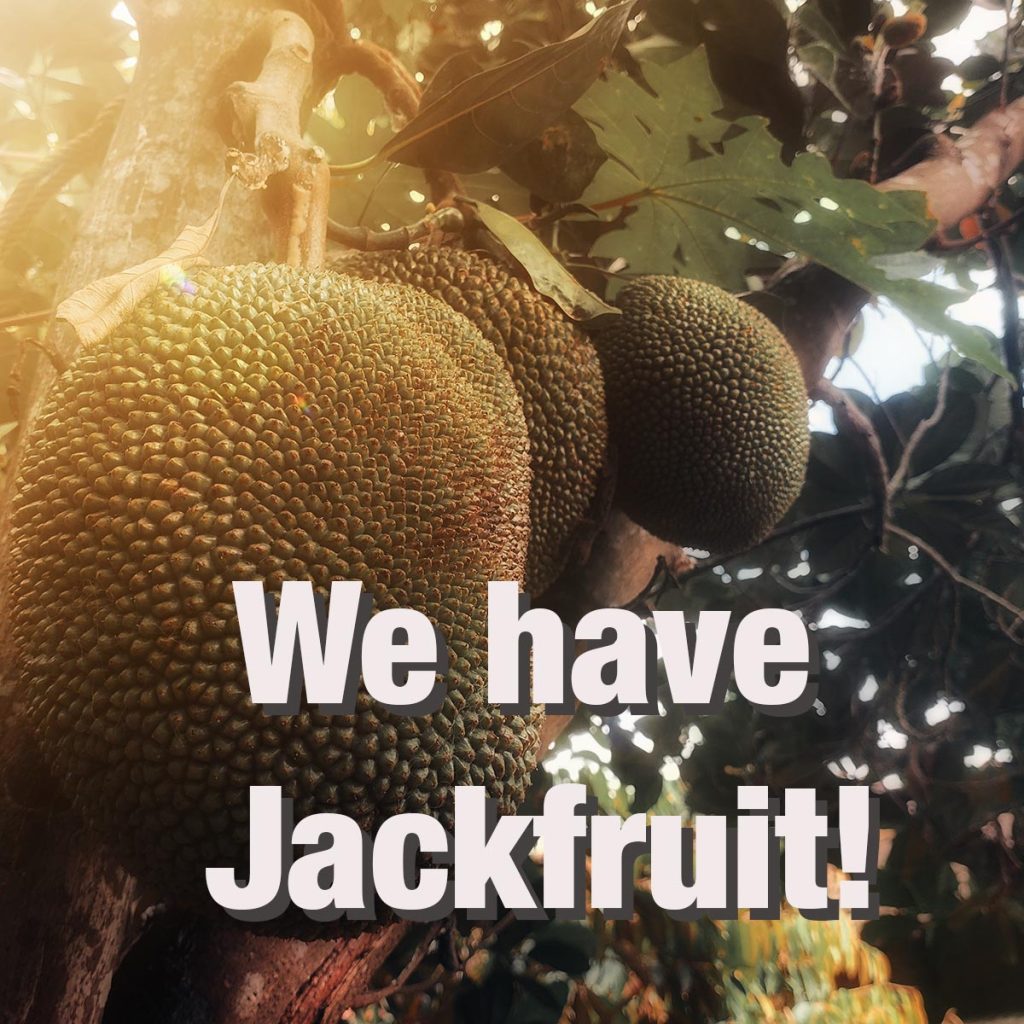Pssst! Wanna Know a Secret?
The folks at Richard Lyons’ Nursery are eager to let you in on one of the best-kept secrets in the tropical plant community: The Bridalveil Tree is a great plant! Native to northern South America, Caesalpinia granadillo is a moderate-sized tree that assumes a vase-shaped profile at maturity. In its home region, the Bridalveil reaches…
Read more
